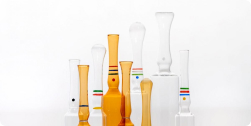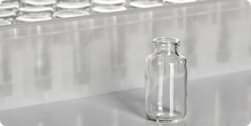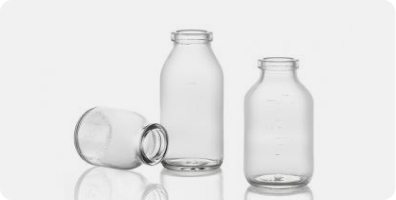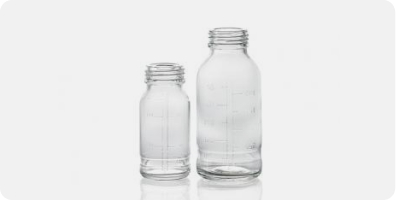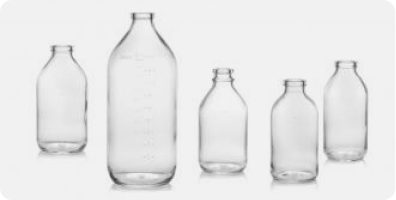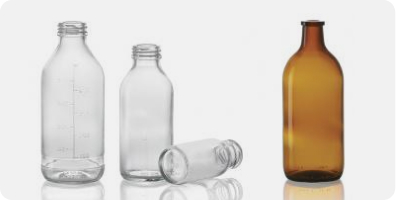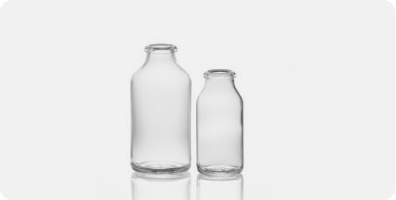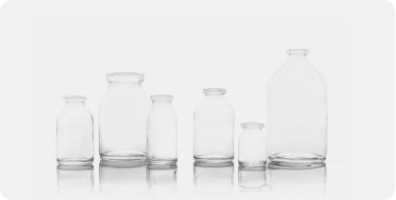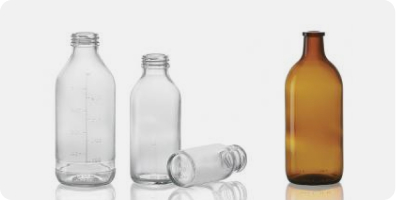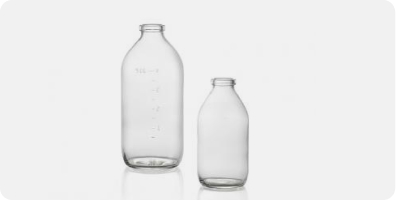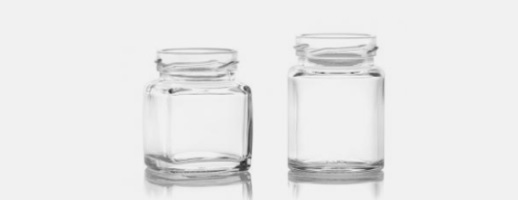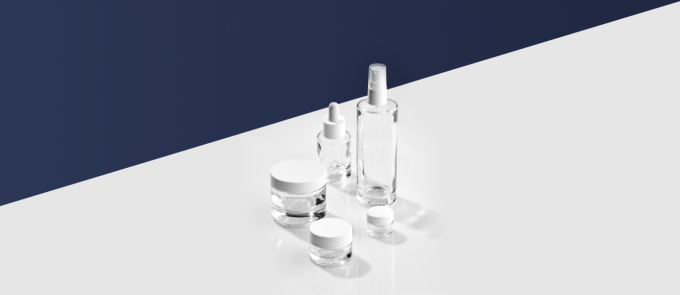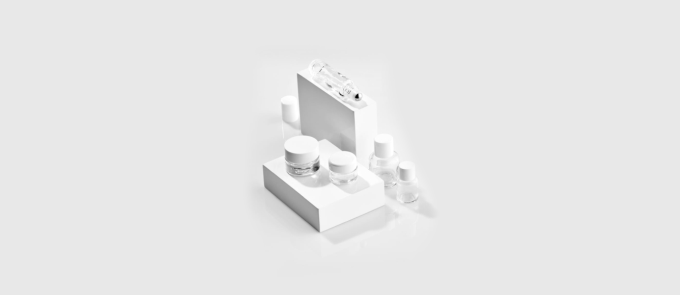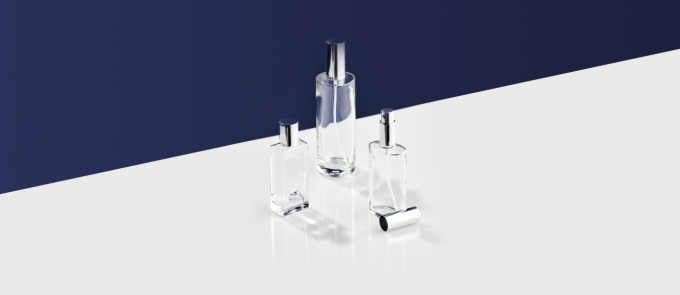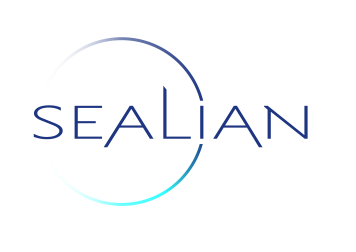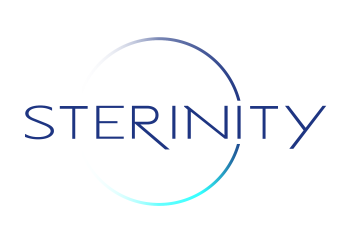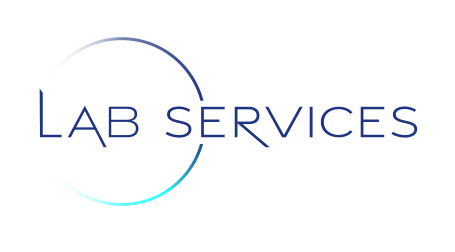Skip the stress in aseptic fill/finish with safer, more flexible primary packaging
The introduction of biologics around 40 years ago has inarguably reshaped the pharmaceutical industry. According to Deloitte, biologics are predicted to make up more than a quarter of the pharmaceutical market by 20201, helping to tackle previously untreatable diseases. But these drugs pose a variety of production challenges to drug manufacturers, particularly in parenteral dosage forms.
Highly complex biologics and other specialty drugs have been challenging pharmaceutical primary packaging producers year after year. Pharma must be increasingly flexible to meet the changing needs of the industry and reduce time-to-market, while maintaining quality, reducing costs, and meeting regulatory standards. The increased demand for personalized medicines and biological drugs, and the consequent need for flexibility in manufacturing capacity, has led to a growing requirement for ready-to-use (RTU) packaging systems.
The value in RTU
In RTU systems, packaging is washed, depyrogenated and sterilized by the packaging supplier so that the only step left in the process in-house is to fill and finish the container, eliminating most process challenges. While RTU solutions for small-volume containers are now widely recognized and adopted by industry and smaller labs, the option for larger-volume containers defined as those above 20ml) has, until now, remained to be addressed.
RTU components allow Pharma Companies to focus their efforts on what they do best – developing tomorrow’s life-changing drugs. Pharmaceutical and parenteral packaging manufacturers are continuously evolving in alignment with advancements in technology and tightening regulatory requirements, to guarantee the quality and safety of injectable drug products for patients. With the increasing call for RTU packaging, the relationship between packaging suppliers and drug manufacturers is changing and as a result, suppliers are now adopting the responsibility for optimizing and validating all component preparation processes.
An integrated packaging solution
Glass continues to be the most widely used type of primary container for parenteral drug products, offering excellent barrier properties, chemical resistance, and regulatory acceptance. RTU molded glass vials now offer a new choice to Pharma Companies, bringing improved chemical durability and greater mechanical strength, giving drug manufacturers a valuable option to increase patient safety while improving operational productivity. Learn more in our white paper.
The expansion in RTU component offerings from suppliers to meet the advancing needs of the industry are being incorporated within novel secondary packaging systems. To align with the need for flexibility within the drug manufacturing line, Pharma Companies can integrate RTU primary packaging with the appropriate secondary packaging for aseptic filling lines, such as Tray or Nest&Tub. This way, manufacturers at different stages of drug development, with different capabilities in filling (small batch to high quantities), can accommodate varying requirements for speed or manual vs automatic filling.
SGD Pharma and Stevanato Group (SG) Ompi have been working as partner suppliers of complementary pharmaceutical packaging products since 2017. Our expertise in molded glass for pharmaceutical primary packaging, combined with Stevanato Group Ompi’s leadership in RTU solutions for aseptic filling, provides Pharma Companies with an integrated, flexible solution for different sources of primary packaging.
The Sterinity range of RTU molded glass vials (ISO and EasyLyo) from SGD Pharma is powered by the SG EZ-fill® secondary packaging platform, providing multiple filling line options for a variety of primary packaging sources.
For more information on how to increase flexibility in your aseptic filling line, download our white paper now.
References
- 2018 Global life sciences outlook – Innovating life sciences in the fourth industrial revolution: Embrace, build, grow; Deloitte.


